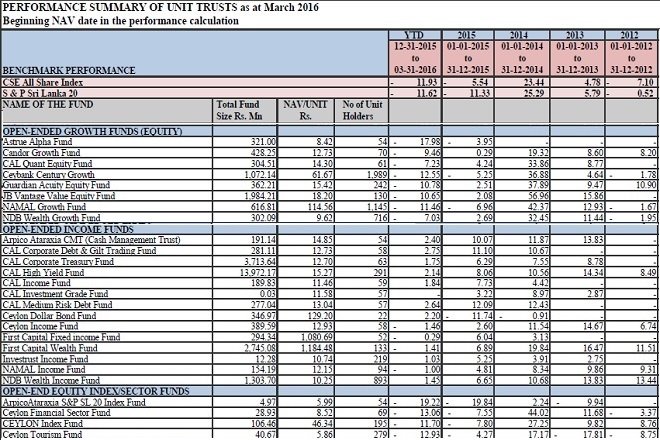Reuters: Sri Lankan shares ended steady on Friday as gains led by consumer shares were offset by losses in the telecom stocks amid investor sentiment dented by foreign outflow and rising interest rates.
Yields on treasury bills edged up by between 5 and 27 basis points to near three-year highs at a weekly auction on Wednesday despite the central bank left key policy rates steady for a third straight month.
The benchmark stock index ended up 0.04 percent, or 2.45 points, at 6,571.21, recovering from its lowest close since April 29 hit on Thursday, and posting a fall of 0.94 percent this week.
"The retail and high-net-worth investors are concerned on the rising interest rates. Until the IMF money comes in, the market will be volatile," said Dimantha Mathew, head of research of First Capital Equities (Pvt) Ltd.
"Foreign selling continued and it is worrying the investors."
Foreign investors net sold 657 million rupees ($4.49 million) worth of shares on Friday, extending the year-to-date net foreign outflow to 5.57 billion rupees worth of shares.
Turnover stood at 1.08 billion rupees, the highest since May 19 and well above this year's daily average of around 796.6 million rupees.
Shares in Ceylon Tobacco Company Plc climbed 1.82 percent while Dialog Axiata Plc slipped 1.8 percent.
($1 = 146.4300 Sri Lankan rupees)
Yields on treasury bills edged up by between 5 and 27 basis points to near three-year highs at a weekly auction on Wednesday despite the central bank left key policy rates steady for a third straight month.
The benchmark stock index ended up 0.04 percent, or 2.45 points, at 6,571.21, recovering from its lowest close since April 29 hit on Thursday, and posting a fall of 0.94 percent this week.
"The retail and high-net-worth investors are concerned on the rising interest rates. Until the IMF money comes in, the market will be volatile," said Dimantha Mathew, head of research of First Capital Equities (Pvt) Ltd.
"Foreign selling continued and it is worrying the investors."
Foreign investors net sold 657 million rupees ($4.49 million) worth of shares on Friday, extending the year-to-date net foreign outflow to 5.57 billion rupees worth of shares.
Turnover stood at 1.08 billion rupees, the highest since May 19 and well above this year's daily average of around 796.6 million rupees.
Shares in Ceylon Tobacco Company Plc climbed 1.82 percent while Dialog Axiata Plc slipped 1.8 percent.
($1 = 146.4300 Sri Lankan rupees)
(Reporting by Ranga Sirilal and Shihar Aneez; Editing by Sherry Jacob-Phillips)
